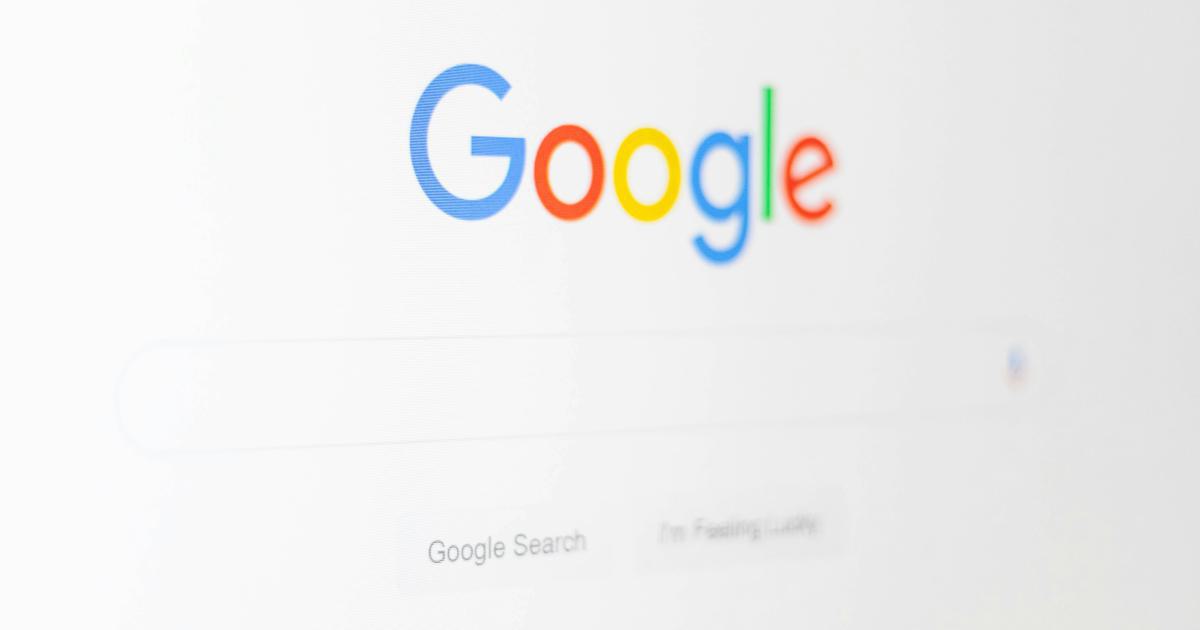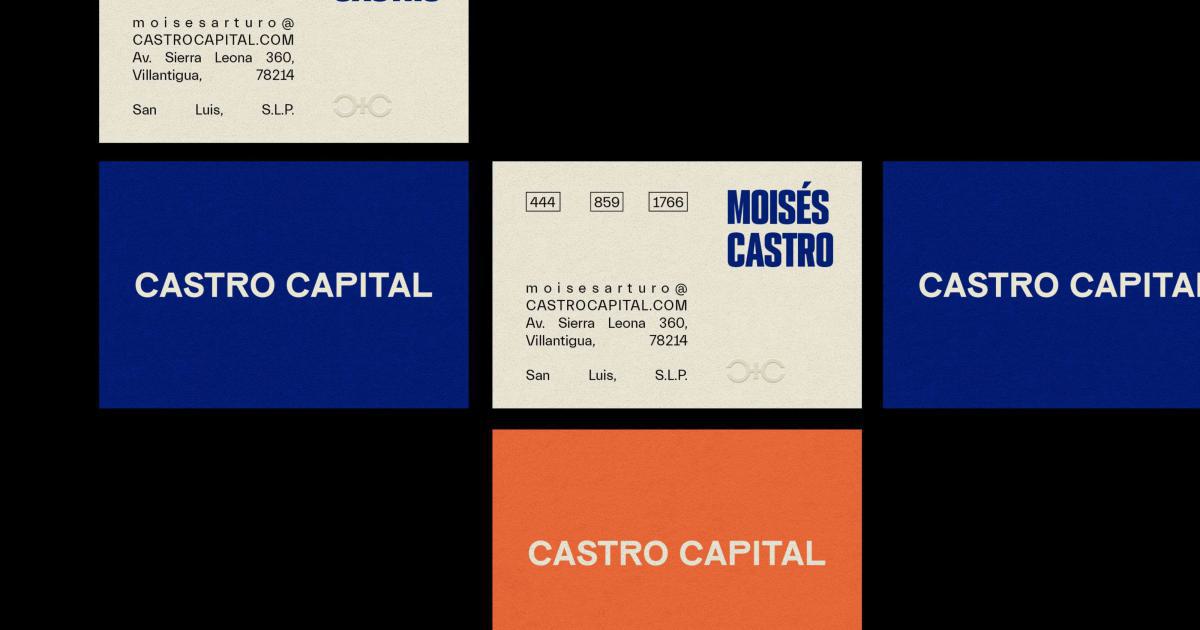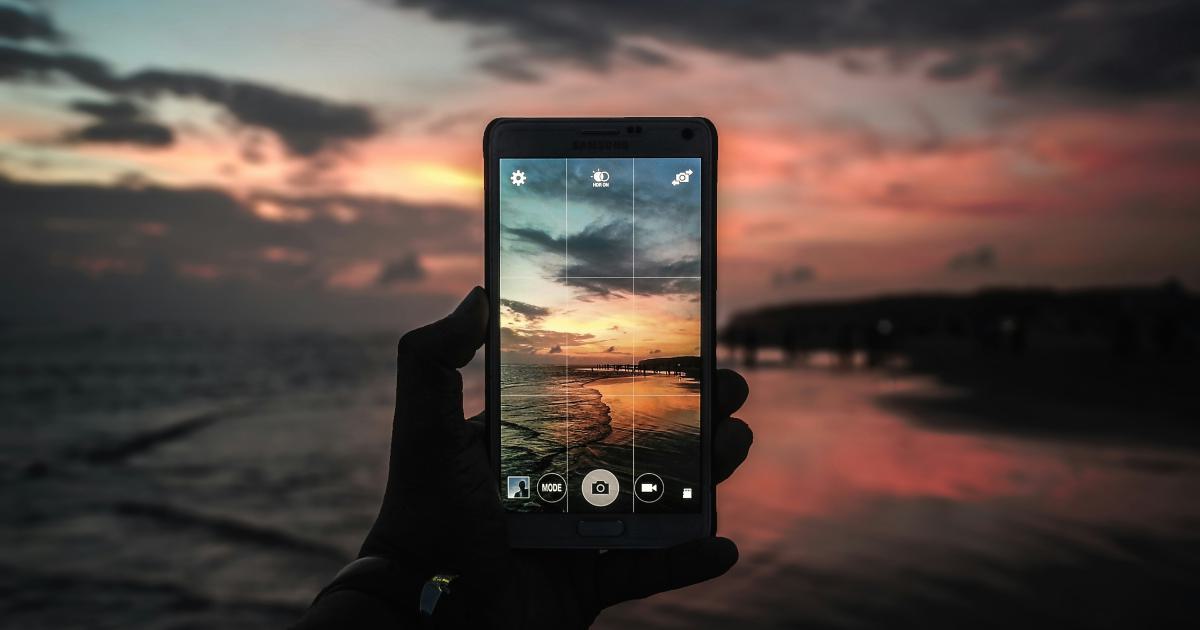5 Reasons Why Alt Text Matters for Images


The Importance of Alt Text in a Visual World
In the digital age, images have become an integral part of our online experiences. From engaging social media posts to informative blog articles, visuals play a crucial role in capturing attention, conveying messages, and enhancing user experience. However, the true power of images extends beyond their aesthetic appeal - it lies in their ability to be accessible and inclusive for all.
One of the most overlooked yet essential elements of image optimization is alt text, also known as alternative text. Alt text is a concise description of an image that is displayed when the image itself cannot be viewed, such as for users with visual impairments or when an image fails to load. This simple piece of code can have a significant impact on the accessibility, search engine optimization (SEO), and overall user experience of your content.

In this comprehensive article, we will explore the top 5 reasons why alt text matters for images and how you can leverage its power to create more inclusive and impactful digital content.
1. Accessibility and Inclusivity
The primary purpose of alt text is to ensure that images are accessible to users who may not be able to see them, such as those with visual impairments or using screen readers. These assistive technologies rely on alt text to convey the meaning and context of an image, allowing users to fully engage with the content.
The Impact of Accessible Images
For individuals with visual disabilities, alt text is a crucial bridge between the visual and the textual, enabling them to understand and interact with the content. Screen readers, for example, will read aloud the alt text, providing users with a detailed description of the image and its relevance to the overall context.

Without proper alt text, these users may miss out on vital information or be unable to fully comprehend the message you're trying to convey. By providing concise and accurate alt text, you can ensure that your content is accessible and inclusive, catering to the needs of all your viewers.
Compliance with Accessibility Standards
Many countries and regions have implemented web accessibility guidelines, such as the Web Content Accessibility Guidelines (WCAG) developed by the World Wide Web Consortium (W3C). These standards often require the use of alt text for images, making it a legal and ethical obligation for website owners and content creators.
Failing to comply with these guidelines can result in legal consequences, such as lawsuits or fines, as well as reputational damage. By prioritizing alt text, you not only demonstrate your commitment to accessibility but also ensure that your content is compliant with the relevant regulations.
2. Search Engine Optimization (SEO)
In addition to its accessibility benefits, alt text also plays a crucial role in search engine optimization (SEO). Search engines, such as Google, rely on the text content of a webpage to understand and index its relevance, and alt text is one of the factors they consider when ranking your content.
Improving Image Discoverability
When users search for specific keywords or topics, search engines scour the web for relevant content, including images. By including relevant and descriptive alt text, you increase the chances of your images appearing in search engine results, making them more discoverable to your target audience.

This is particularly important for image-heavy content, where the alt text can be the primary means of conveying the image's relevance and context to search engines. By optimizing your alt text, you can ensure that your images are not only accessible but also contribute to the overall visibility and ranking of your content.
Enhancing Overall SEO Performance
Alt text is not just about image discoverability – it also contributes to the broader SEO performance of your website or blog. Search engines consider the overall quality and relevance of the content when determining its ranking, and well-written alt text can be a valuable part of that equation.
By incorporating relevant keywords into your alt text (without keyword stuffing), you can signal to search engines the topical relevance of your content, improving your chances of appearing in the top search results. This, in turn, can drive more organic traffic to your website, leading to increased engagement and potential conversions.
3. Improved User Experience
Alt text doesn't just benefit users with disabilities or search engines – it also plays a crucial role in enhancing the overall user experience for all of your website's visitors.
Seamless Image Loading
In some cases, images may fail to load due to network issues, browser limitations, or other technical problems. When this happens, the alt text is displayed in place of the image, providing users with a clear understanding of what the image should have shown.

This ensures that users can still engage with the content and maintain their context, rather than being left with a confusing blank space or a generic "broken image" icon. By including descriptive alt text, you can minimize the disruption caused by image loading failures and create a more seamless and enjoyable user experience.
Enhanced Understanding and Engagement
Even when images load successfully, alt text can play a vital role in enhancing the user's understanding and engagement with the content. By providing a concise yet informative description of the image, you can help users better comprehend the context and significance of the visual elements.
This is particularly important for complex or information-rich images, such as data visualizations, infographics, or technical diagrams. By including alt text that explains the key takeaways or highlights the most important aspects of the image, you can ensure that users can fully grasp the message you're trying to convey.

Ultimately, well-written alt text can improve the overall user experience by making your content more accessible, engaging, and informative for all visitors, regardless of their abilities or device limitations.
4. Improved Indexing and Discoverability
As mentioned earlier, search engines rely heavily on the textual content of a webpage to understand and index its relevance. While images can enhance the visual appeal and informational value of your content, they can also contribute to its discoverability and indexing when accompanied by proper alt text.
Enhanced Image Indexing
Search engines use alt text to understand the content and context of an image, which in turn allows them to index and categorize it more effectively. When users search for specific keywords or topics, these indexed images can appear in the search results, providing additional opportunities for your content to be discovered.

By crafting descriptive and keyword-rich alt text, you can increase the chances of your images being included in relevant image search results, driving more traffic to your website and expanding the reach of your content.
Improved Overall Indexing
Beyond just image indexing, well-written alt text can also contribute to the overall indexing and discoverability of your web pages. Search engines use the textual content of a page, including alt text, to understand the page's topic and relevance, which can influence its ranking in the search results.
By incorporating relevant keywords and phrases into your alt text (without over-optimizing), you can signal to search engines the key themes and topics covered in your content, improving the chances of your pages appearing in the top search results for those queries.
5. Enhanced Multimedia Experiences
In an increasingly visual and multimedia-driven world, alt text plays a critical role in creating seamless and engaging experiences for users, particularly when it comes to incorporating images and other visual elements into your content.
Contextual Support for Images
Alt text doesn't just serve as a functional replacement for images – it can also provide valuable contextual support that enhances the user's understanding and engagement with the content.

By crafting alt text that not only describes the image but also explains its relevance and significance within the broader context of the content, you can create a more cohesive and meaningful user experience. This can be especially helpful for complex or nuanced images that require additional explanation to fully convey their message.
Improved Experiences Across Devices
As users consume content on a wide range of devices, from desktop computers to mobile phones, the importance of alt text becomes even more apparent. When images fail to load or are not visible due to screen size or other limitations, the alt text ensures that users can still access the essential information and maintain their overall engagement with the content.
By providing clear and concise alt text, you can create a more consistent and enjoyable experience for your users, regardless of the device they're using to access your content. This can lead to increased engagement, reduced bounce rates, and a stronger overall perception of your brand or website.